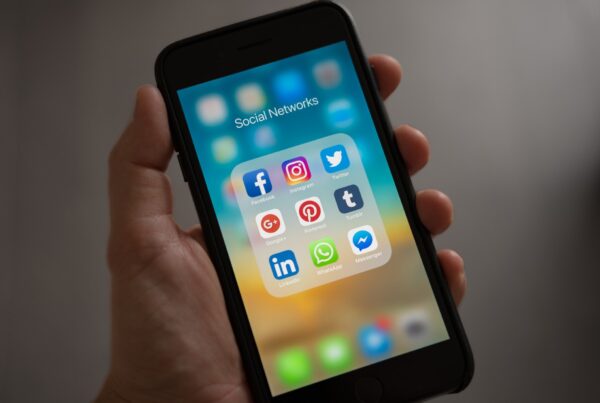
By Louise Hughes
Neuromarketing is a ‘buzzword’ we can expect to hear of more in 2022 but what exactly does it mean and how can brands use it to engage with their audience?
The field of neuromarketing, also known as consumer neuroscience, studies the brain to predict consumer behaviour and decision making.
Many studies have demonstrated that the neuromarketing can have the potential to ‘create value’ for marketers.
In basic terms, this form of marketing tracks physiological and neural signals and can be used by brands to gain a greater insight into what motivates a customer to purchase a product or service, and what impacts their decision making.
Brain Scanning
The most common methods of measurement are physiological tracking, such as eye movement, and neural activity such as brain scanning. Eye tracking can measure attention using the eyes’ fixation points and interest by pupil dilation, while facial expression coding can read the movement of muscles in the face and monitor emotional responses, such as heart rate and respiration rate.
Neuromarketing is certainly not new and has been around for more than 20 years. Interestingly, when a group of business researchers in America used fMRI (functional magnetic resonance imaging) scanning to test Coca-Cola and Pepsi they saw consistent neural response from participants who had agreed to be part of the the study. However, when people could see the brand names, their ‘limbic structures’ – this is brain areas associated with emotion – showed enhanced activity, highlighting a knowledge of the brand and how the brain perceived the beverage.
Another study scanned the brain of users when they tasted three wines with different prices, with their neural signatures indicating they liked the most expensive the most.
While neuromarketing is not new, it has certainly rapidly advanced over the past five years and a series of studies have demonstrated that brain data can even predict the future success of products more effectively that the likes of surveys or focus groups which are more traditional market research tools.
Effective
For example, a study predicted the success of a movie based on the reading of audience members how they reacted to the film’s trailer with more than 20 per cent accuracy than traditional market research tools by using the EEG (electroencephalogram) which reads brain-cell activity using sensors placed on the user’s scalp. Studies have also found that if participants watched an advert about giving up smoking the call volume to quit-smoking help numbers was more effective than a conventional survey which did not return the same results.
Participants are also not always open and honest about their thoughts and feelings in surveys or focus groups for example and they may lie when they feel embarrassed or are trying to please. As one researcher put it ‘what comes out of our mouths is not always a perfect rendition of what’s going on in our brains’.
That is why brands – especially big ones – are keeping informed about neuromarketing in 2022. Many of them are already actively working on consumer neuroscience, including Facebook, Google and Microsoft. There are several such tools available on the market such as eye tracking or facial coding tools and, whilst many brands will be still be conscious of managing these engagements carefully – they do not want to be accused of ‘manipulating’ customers – expect neuromarketing to grow and be talked about even more throughout this year.
For more information about neuromarketing contact the SCS Marketing & PR team on 01252 621293, or email us at info@scsmarketingandpr.co.uk


